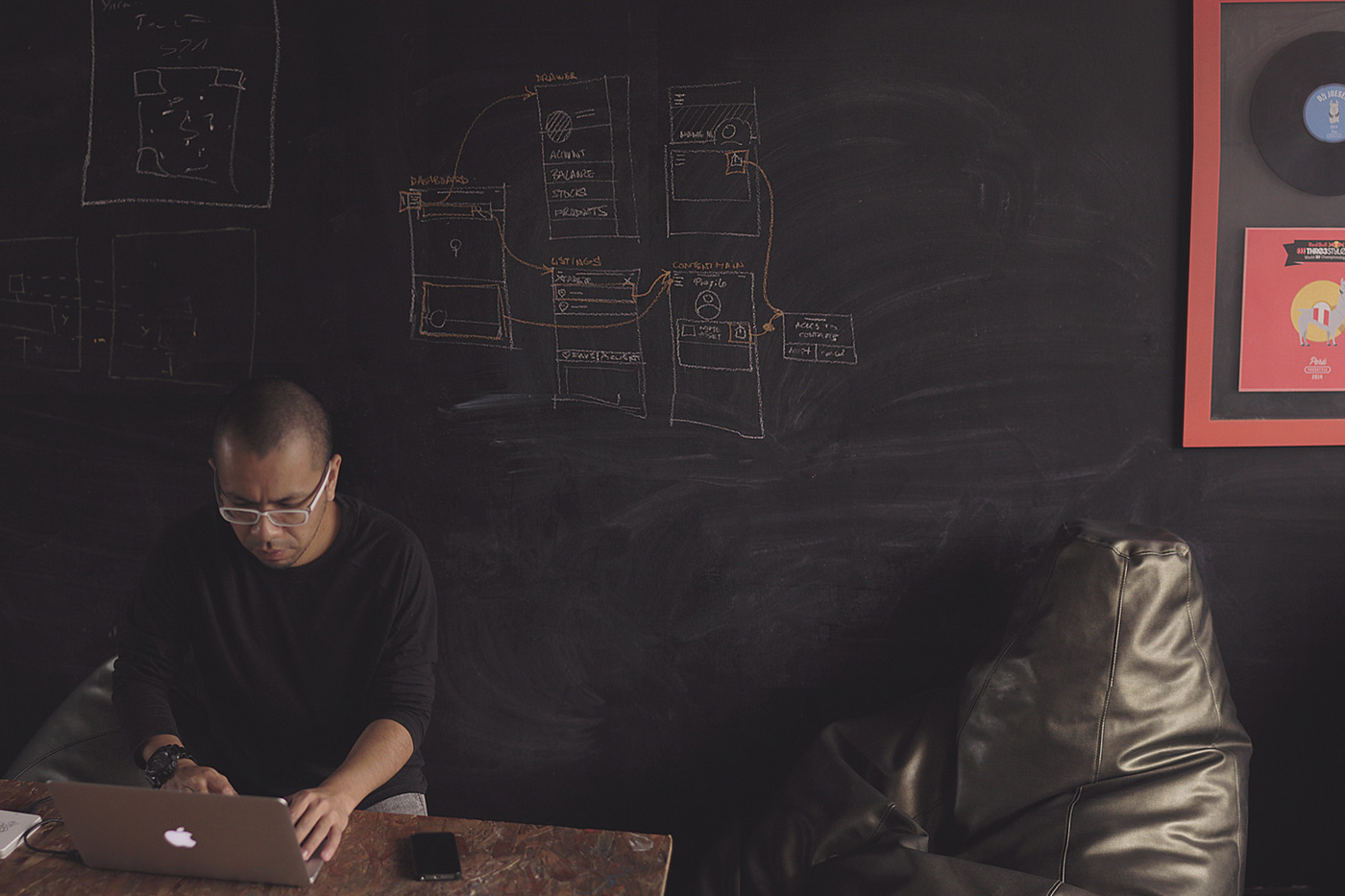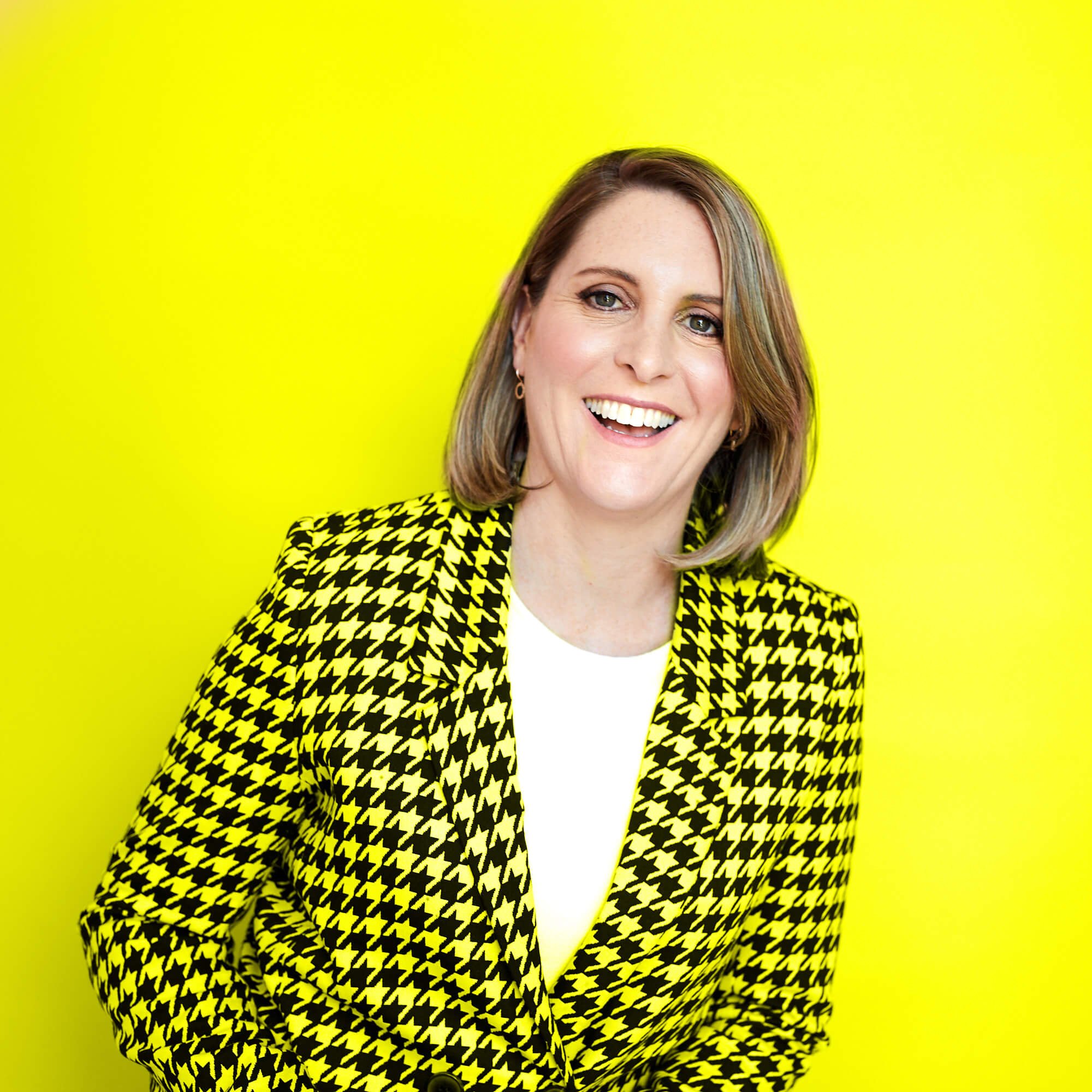Traditionally, a creative director has been responsible for making sure a product is fresh, aesthetically pleasing and of consistently high quality. But in today’s fast-evolving business world, customer experience reigns supreme — which is why creative directors (CDs) now need to consider much more than slick graphics and visual design to best serve their organizations and their careers.
“Users have come to expect an optimized user experience as a basic requirement, and it’s now become a prerequisite implementation strategy across all platforms and devices,” ArtVersion Interactive creative director Goran Paunovic wrote in a Forbes op-ed.
That’s why it’s becoming crucial for every CD to team up with a UX designer to help bridge the gaps between artistry, analytics and the customer POV, truly providing the 360-degree experience.
UX Will Refine Design
Since its rebirth as a design-centric lifestyle brand in the late 1990s, Apple has gained a reputation for putting form over function. Recently, as seen in the tepid reception to its HomePod smart speaker, Apple seems to have misjudged consumers’ willingness to buy expensive, albeit attractive products when other, more functional options have long been available. The takeaway is that users — even those as loyal as Apple devotees — need more from design than just a stylish veneer.
Julie Steinhagen is head of design at Some Spider Studios, a media company that owns Scary Mommy and several other prominent publishing brands. She’s also served as creative director within Amazon and toy company Melissa & Doug. She is first to point out that good design goes beyond an eye-popping presentation.
“When we're developing visuals for a product, it's necessary to get a UXer's point of view to make sure the design we're creating will actually work. It's easy to get wrapped up in creating something cool, but if it's not something that will benefit users, it's pointless,” Steinhagen explains.
To make the most of your creative/UX partnership, she recommends hiring with that collaboration in mind. “Look for [a UX designer] who has prototyping and wireframing skills, but also has a strong visual design sense,” says Steinhagen. While UX designers create wireframes that ensure proper flow of info and usability for a new product, they can and should be involved in more. The creative director and UX team should work closely together to make sure the design and framework are working in harmony, every step of the way.
UX Will Keep You Data-Driven
In an era where businesses are becoming more averse to gut-based decision-making and relying more heavily on algorithms to drive strategy, CDs must also become comfortable with data-based design. A UX partner can be your conduit for that data. As Paunovic puts it in his Forbes op-ed, “Delivering some of the most actionable insights critical to make informed business decisions, UX has the capacity to create new business models that go on to become a necessary part of our evolving digital landscape and everyday existence.”
In addition to the aforementioned framework, UX departments frequently conduct industry research, as well as base decisions on the company’s current performance metrics and future goals. For a swamped creative director, being able to get recommendations based on all these data points from one reliable source is a huge boon. Steinhagen’s teams have seen the benefits of data-driven contributions from UX firsthand. “The input we received from research, testing and observations allowed us to shift gears to create better and more useful designs,” she says.
While it’s considerably harder for creatives to be allergic to data than in years past, many still are. A UX designer can be the perfect collaborator for breaking that habit, as they too have a designer’s perspective and can speak the creative’s “language.”
This connection, Steinhagen points out, is an important skill to look for in your future UX partner. “Communication skills are huge. A UXer should be able to recognize and articulate a problem, sketch out and explain their thinking and implement the solution they think is best,” she explains.
UX Will Keep You Customer-Focused
Great creative without UX is like a travel agent booking a long international trip for someone they know nothing about. Do they like to rough it, or do they want luxury accommodations? Do they have kids? Have they traveled abroad before? Sure, the agent could simply guess and still provide an incredible itinerary, but the travelers will just as likely have a miserable time if their comfort and preferences are ignored.
Steinhagen warns that, no matter how customer-minded you may be, you simply don’t know what your users want until you ask. “There have been designs my team and I have been really happy with and we thought were ready to go, only to find that after user testing, real people interacted with them in a totally different way than we intended,” she says.
This brings us to one of the most important UX contributions: they will know the customer’s wants and needs better than just about anyone else. They will be one of the few employees in your company who will actually meet and interact with your target demographic in real life. They will sit down with a mother of three and hear her thoughts on your new product, and how it will or won’t help her and her family. They will watch as a teenager shrugs and eye-rolls their way through an app experience you thought was totally “lit.” They will know how, when and why a customer is using a product, and they’ll help you eliminate all the features that customers don’t actually want, freeing up more resources so you can focus on the important stuff.
UX Will Be Your Ally
At the end of the day, both the creative director and the UX designer are designers. They share the same core responsibilities: They use a combination of creativity and logic to build things that solve problems and provide a great experience for the most people. They collaborate with their teams to achieve their goals. They know that proper planning is key to success. They learn from mistakes and iterate on each attempt. Because of this, a close partnership between a CD and UX designer is a natural fit and a savvy organizational choice that will benefit both parties, their teams, and the organization as a whole.
Latest.

AI adoption failing isn’t the tech, it’s the people. How smart businesses overcome this.
Technology, Thought Leadership, Industry Trends

Temp-to-perm is the best way to hire today.
Hiring Insights

How to keep top talent: Strategies for successful onboarding
Hiring Insights, Ask Aquent, Training Resources


